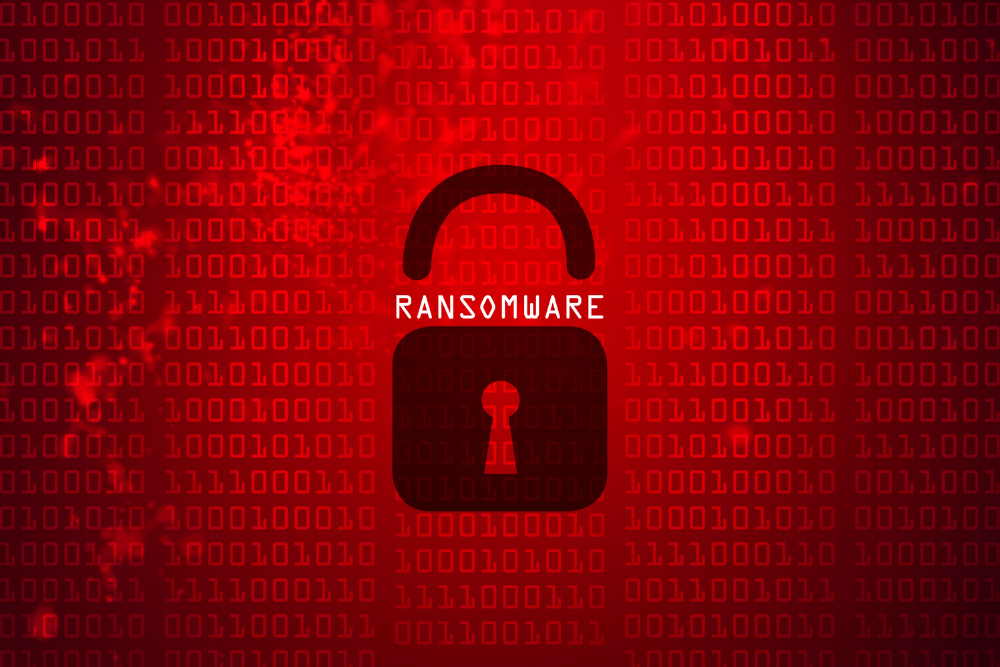Businesses of all shapes and sizes need to be proactive about cybersecurity. Ransomware is a particularly problematic and worrying issue for today’s organizations.
According to statistics, in the first half of 2021, a whopping 304.7 million ransomware attacks occurred globally, with 80% of organizations falling victim. Experts anticipate this specific cyberattack will continue for years to come. Unfortunately, it doesn´t look like cybercriminals plan to slow down in 2022.
As the fastest-growing threat, companies today cannot afford to ignore this issue. It’s critical to understand its nature and what to do to prevent it. Being proactive is a good start.
How Does Ransomware Work?
Ransomware is technically malware but a particular type. How it works is cybercriminals infiltrate a company’s IT assets and then either threaten to publish sensitive data or block users from accessing it. There are two types, encryptors and screen lockers. They offer to unlock the files for a fee. Phishing is the primary vector for ransomware to be delivered.
Business Impact of Ransomware
Businesses victimized by ransomware are put in a serious dilemma because their data is a valuable asset, and they’re also bound by privacy and security laws. If data is published, this seriously hurts their business, halting productivity and damaging brand reputation. Not to mention hurting their pockets.
Why Businesses Should Resist Paying Ransomware
Many businesses are tempted to pay ransomware just to make the problem go away quickly. Some do. However, unfortunately, it’s not always that simple. The FBI strongly advises against paying a ransom. Here’s why:
- Paying the ransom doesn’t guarantee data or access is returned.
- Threat actors might break their promises and publish data anyway.
- It encourages cybercriminals to continue since they’re getting paid.
- Ransomware might not be removed, and businesses might suffer another attack.
It’s extortion, pure and simple. Paying up encourages this form of cyberattack to perpetuate, and more businesses get exploited.
How to Respond to a Ransomware Attack
Infection works quickly. The faster organizations react, the less damage will be done because they can stop the spread. The malicious malware sends a message to the user, gives instructions on how to make payment, and makes threats if they don’t get paid.
- Identify the infected systems and isolate them to avoid network spread.
- Disconnect and power down infected machines if needed.
- Find the threat and eradicate it—in many instances, experts need to be called in.
Once these additional steps are taken, it’s wise to have a professional check the system(s) and make security recommendations for software, network configurations, and user education.
If you’re looking to increase your security of your San Francisco business, contact Golden Gate Office Solutions to learn how we can help prevent ransomware and other cybersecurity attacks

